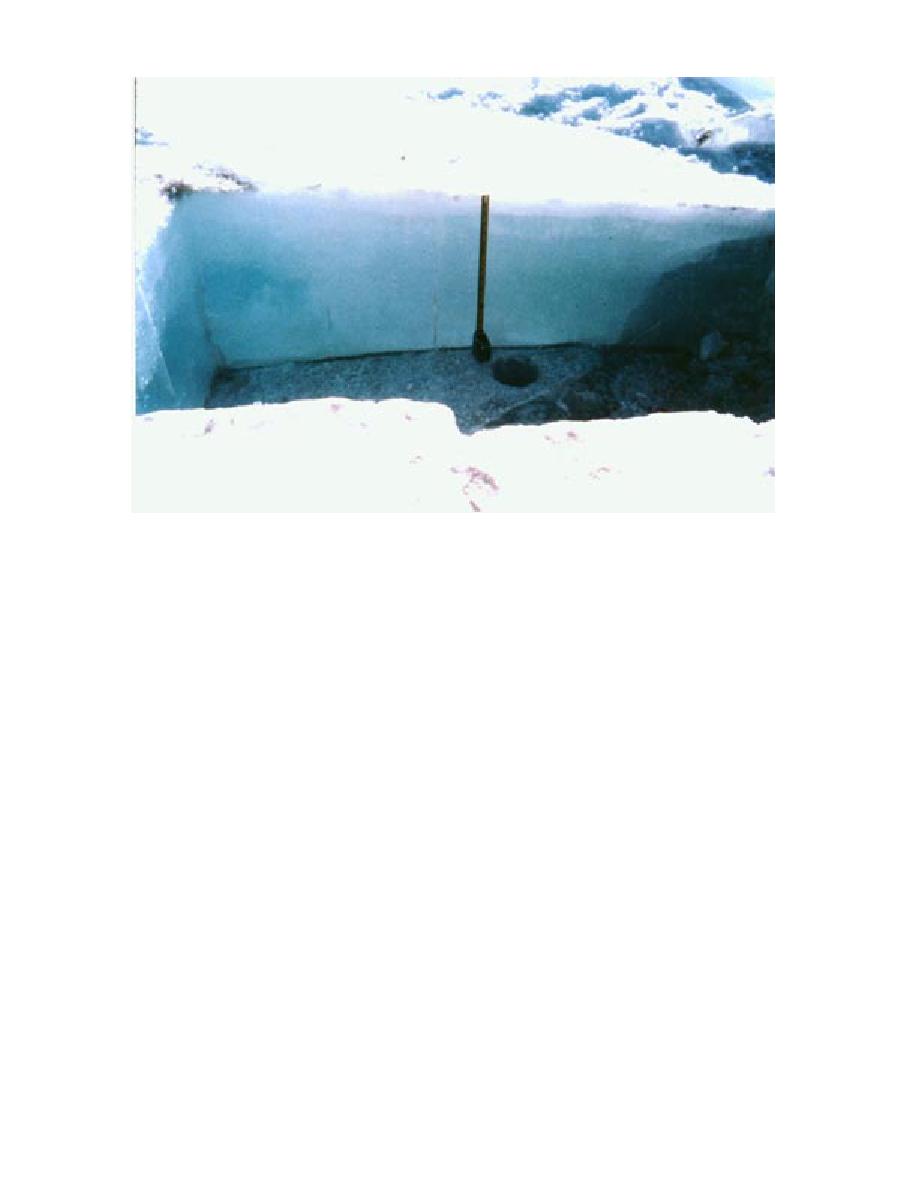
Figure 58. Dissected ice blister showing gap between upper melt/refreeze ice and lower natural glacial ice.
rolling was done, followed by thermal cycling of
ously created a local area where the surface layer
of ice acted as a beam or plate (Fig. 58) and was
the cores to match what will happen at the run-
subjected to bending stresses when passed over
way site, and finally a second set of compression
by the proof cart. Some of these locations were
tests at the ice temperature when aircraft will
clearly too weak to support the concentrated load
operate.
Following the warmest period of the season at
applied by the C-141 weight on the proof cart.
McMurdo, we planned to repeat proof rolling of
Our analysis of the failed spots indicated that
the Pegasus runway. By mid-December 1992, a
only a few places existed on the runway that
management decision had been made not to use
could not support the contact pressure of the C-
C-141 aircraft on the runway during the 199293
141 tires. Compared to the actual area contacted
austral summer season due to its cost. Thus, we
by the proof cart tires, only 0.08% of the runway
reconfigured the proof cart for a C-130. We re-
was found to not be strong enough to support the
C-141 wheel load (assuming that each of the 40
moved half of the tires and reduced the load on
failure zones were 1 m2, 10 ft2, in size). It appears
the cart to 88,500 kg (195,000 lb). To save time
that, provided melting does not occur, the tem-
during reconfiguration, we did not replace the
perature cycling process acts to anneal the ice,
tires on the proof cart. Since the C-141 tires are
allowing crystal reorientation, stress relief, and
smaller than those on a C-130, our ability to match
some crack healing while the ice is more plastic.
the contact area and tire pressure of the C-130
This is a natural process and is often exploited in
was limited. However, the smaller contact area
metallurgy to strengthen some kinds of materials.
and higher tire pressure that resulted led to a
more severe test of runway strength. The result-
Unfortunately, it is impossible to predict the de-
ing configuration, compared to the maximum al-
gree of strengthening that can occur through this
lowable loads from the C-130 main landing gear,
process. Thus, it is best to perform proof rolling at
provided safety factors of 1.3, 1.3, 1.2, and 1.6 for
close to the time when the runway will be used.
Alternatively, small-scale mechanical test results
gross load, contact area, single tire load and tire
can be performed at the temperature when proof
pressure, respectively.
56



 Previous Page
Previous Page
